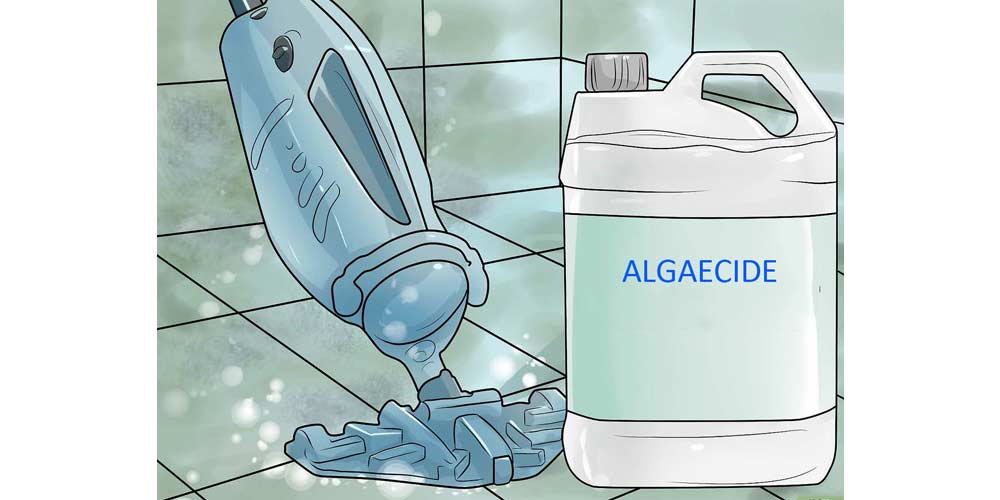In today’s fast-paced world, swimming pools provide a refreshing escape from the daily grind, offering a slice of paradise in your own backyard. However, maintaining a pristine pool requires the use of pool chemicals, including algaecide. But can you safely swim in a pool treated with algaecide? Let’s dive into this question and explore the essential details.
Understanding Pool Chemicals:
Swimming pool owners are well aware of the importance of maintaining water quality. To achieve this, they rely on a variety of pool chemicals. These chemicals serve several purposes, such as sanitizing the water, balancing pH levels, and preventing the growth of algae. Algaecides, as the name suggests, are specifically designed to combat and prevent algae growth in swimming pools.
The Role of Algaecide:
Algae can quickly turn a sparkling pool into a murky mess. Algaecides are essential in preventing and eliminating algae, which are unsightly and can pose health risks. They work by disrupting the cellular structure of algae, ultimately leading to their demise. While algaecides are highly effective at combating algae, questions often arise regarding their impact on swimmers.
Is Swimming with Algaecide Safe?
The short answer is yes, it is generally safe to swim in a pool treated with algaecide. When used according to manufacturer instructions and in appropriate quantities, algaecides should not pose a direct threat to swimmers. However, there are a few precautions to keep in mind:
Follow Dosage Guidelines: Overdosing your pool with algaecide can lead to excessive chemical concentrations, potentially causing skin and eye irritation for swimmers. Always adhere to the recommended dosage provided on the product label.
Wait for Proper Dispersal: After adding algaecide to your pool, it’s advisable to wait for it to disperse and mix thoroughly with the water before swimming. This ensures that swimmers won’t come into direct contact with concentrated algaecide.
Use Quality Products: Invest in high-quality algaecides from reputable brands to ensure they are formulated with swimmers’ safety in mind. Inferior products may contain harmful additives or impurities.
Regular Testing: Consistently monitor your pool’s chemical levels, including pH and chlorine, to maintain a balanced and safe swimming environment. Proper pool maintenance reduces the need for excessive algaecide usage.
Shower Before Swimming: Encourage swimmers to shower before entering the pool to wash off any contaminants on their bodies, which can reduce the demand for additional pool chemicals.
The Importance of Pool Maintenance:
While Algaecides can help prevent algae growth, they are not a substitute for proper pool maintenance. Regular cleaning, filtration, and circulation are essential to keep your pool water crystal clear and safe for swimming. Neglecting these aspects can lead to a higher reliance on algaecides and other pool chemicals.
In conclusion, Algaecides are a valuable tool in maintaining a clean and clear swimming pool. When used responsibly and in conjunction with good pool maintenance practices, they should not pose a risk to swimmers. However, it’s crucial to follow dosage guidelines, ensure proper dispersion, and monitor water chemistry regularly to create a safe and enjoyable swimming environment.
So, the next time you take a dip in your pool, rest assured that swimming with algaecide in your pool can be both safe and enjoyable when you prioritize responsible pool management. Enjoy your pool and soak up the summer sun without worrying about unwanted algae blooms.
Post time: Sep-12-2023


